Sensors already equip a range of tools to enhance monitoring capacity for conservation. Some of the higher bandwidth technologies, like camera traps and acoustic monitoring systems, have been essential elements of the conservation toolkit for decades, and thus have enough users that we've created dedicated WILDLABS groups to address them. But a whole range of lower bandwidth sensors beyond these core technologies are being increasingly integrated into conservation monitoring systems, and offer rich new insights into the wildlife and ecosystems we're all working to protect. As with many technologies, cost and access have historically been challenges to the adoption of new sensors, but with low-cost and open-source solutions on the rise, we're excited to see what the future of this space holds.
Getting Started with Sensors:
- Watch Shah Selbe's Tech Tutors episode on scaling FieldKit, an open-source conservation sensor toolbox, from a project to a successful conservation tech product.
- Check out our Virtual Meetup about Low-Cost, Open-Source Solutions in conservation tech, including a talk by Alasdair Davies on the Arribada Initiative's work with thermal sensors in early warning systems.
- For a more in-depth introduction, watch the first video in our datalogger mini-series: Freaklabs: How do I get started with Arduino?
In this group, you'll meet others who are using and innovating diverse sensors in their work, discuss ways to make sensors more effective & accessible for conservationists, learn about what sensors are already helping us accomplish in the field, and have the opportunity to ask and answer questions. Join this group to get started!
Header image: Emma Vogel, University of Tromsø
WILDLABS
This account is managed by the WILDLABS Team. Tag us or DM whenever you need help from our community team.



- 22 Resources
- 23 Discussions
- 11 Groups
- @MichaelMaggs
- | he/him
Frontier Labs
Bioacoustics lover and director @ Frontier Labs
- 0 Resources
- 3 Discussions
- 3 Groups
- @apcxs
- | He, his, them
- 0 Resources
- 0 Discussions
- 11 Groups
Director of Icoteq Ltd, an electronics and software design consultancy developing wireless products and solutions to organisations working in the conservation, wildlife monitoring and anti-poaching sectors. Developers of the TagRanger® novel wildlife tracking products.



- 1 Resources
- 14 Discussions
- 7 Groups
- 0 Resources
- 3 Discussions
- 8 Groups
- @nabilla.nuril
- | She/Her
University College London (UCL)
- 0 Resources
- 0 Discussions
- 11 Groups
Wildlife researcher

- 1 Resources
- 12 Discussions
- 5 Groups
- 0 Resources
- 6 Discussions
- 3 Groups
- @IvanIoSA
- | He/Him
CTO of IoSA, the Internet of Small Animals. Creator of ProxLogs

- 0 Resources
- 5 Discussions
- 7 Groups
- @mahmudku
- | he/him/his
Mahmud Rahman is an MS student at Oregon State University, studying the risk-taking behavior of bottlenose dolphins. With experience in wildlife filmmaking, he aims to develop technologies to advance marine research
- 0 Resources
- 0 Discussions
- 3 Groups
St. Lawrence University
Professor of Biology at St. Lawrence University
- 0 Resources
- 2 Discussions
- 13 Groups
Max Planck Institute of Animal Behavior
- 0 Resources
- 2 Discussions
- 5 Groups
Article
As pressure on marine resources increases, fishers have to explore deeper and deeper waters to make a living. What does this mean for Belize’s deep-sea sharks? In an effort to understand the threats to these animals,...
26 September 2017
Article
Human-wildlife conflict can be difficult to understand without knowing its impact on people and communities. In this case study, authored by community member and Human Wildlife Conflict Tech Challenge coordinator Femke...
19 September 2017
Funding
The European Space Agency is calling for Kick-Start ideas to leverage space technology for wildlife protection. Three main topics of interest have been identified: 1) Wildlife monitoring, tracking and inventory, 2)...
5 July 2017
Its been a busy couple of months for the Open Acoustic Devices team. They've just returned back from Belize where they have been trialling the new AudioMoth design for gunshot detection. Find out what they've been up to...
27 June 2017
In this From the Field interview, we speak to Eric Becker, a conservation technology engineer at the World Wildlife Fund US. He talks about his work in technology design and the key challenges he's experienced...
22 May 2017
In this From the Field interview, we speak to Dr. Raman Sukumar, a world renowned expert on Asian elephant conservation. He shares his thoughts on how technology could be used for mitigating elephant-human conflict, and...
5 April 2017
How many samples do you hope to collect on your next field assignment? 50, 100 or 1000? How about billions. It may seem overly optimistic, but as Dr Phil Wilkes explains, that’s the reality when using Light Detection...
4 April 2017
Researchers have identified 15 emerging risks and opportunities for species and ecosystems around the world in a recent horizon scanning exercise.
31 March 2017
Satellite tracking is the state of the art of technology for mapping wildlife movement. But what if your budget is not state of the art? In our second From the Field interview, we're talking with WILDLABS member and GIS...
29 March 2017
Most people assume that research equipment is expensive and complicated. Yet it doesn’t need to be and the noise egg is a perfect example of this. It consists of a watertight container (as used by scuba divers) and the...
27 March 2017
In our new From the Field series, we're speaking with WILDLABS members to discover how they use technology in their work. Through these interviews we will be showcasing the variety of technologies our members are...
22 March 2017
Are you ready for this year's #Tech4Wildlife Photo Challenge? In anticipation, we're counting down our ten favourite entries from last year. Do you think you can top these?
1 March 2017
July 2024
April 2024
event
16 Products
Recently updated products
117 Products
1 R&D Projects
81 Organisations
Recently updated products
Recently updated R&D Projects
Recently updated organisations
| Description | Activity | Replies | Groups | Updated |
|---|---|---|---|---|
| I am working on a prototype to detect and alert for temic & karbadust. They are used for the poisoning of waterholes in South Africa.... |
|
Sensors | 1 year 4 months ago | |
| Will you accept personal/hobbyist focused on conservation on their small plots of land (10-100 acres)?I would, and know others, who would happily pay more than the official... |
|
Camera Traps, Climate Change, Community Base, Connectivity, Emerging Tech, Human-Wildlife Conflict, Sensors, Wildlife Crime | 1 year 5 months ago | |
| Hi,This is a really late answer but I was new to wildlabs then. I have a security appliance that uses state of the AI models and user defined polygon areas of interest that... |
|
Human-Wildlife Conflict, Camera Traps, Sensors | 1 year 5 months ago | |
| Featuring some of the very best spider video you'll ever see.. @JayStafstrom has been pushing the boundaries of camera technology,... |
|
Camera Traps, Sensors | 1 year 5 months ago | |
| I always thought a tracker that attached like a slap bracelet would be sweet. |
|
Emerging Tech, Footprint Identification Technique (FIT), Sensors | 1 year 5 months ago | |
| I came across this which looks like it might work for you.Others have mentioned Davis. I used the Davis vantage pro2 in a previous life, and the cabled version was about... |
+13
|
Sensors | 1 year 5 months ago | |
| My suggestion would probably be a 3D printer and Solder Station with a stock of common components. With those two things you can solve most problems. |
|
Community Base, Emerging Tech, Marine Conservation, Protected Area Management Tools, Sensors | 1 year 5 months ago | |
| Cheers @Lars_Holst_Hansen , yes, the antenna foam spacer idea certainly helped us a bit. I completely agree though that ruggedness, especially on a polar bear (a bit different... |
|
Animal Movement, Sensors | 1 year 7 months ago | |
| Hi everyone, I wanted to provide an update on behalf of Wildlife Acoustics regarding some of these comments in this thread. As some of you may know, we have just announced... |
+19
|
Acoustics, Sensors | 1 year 7 months ago | |
| This was one of my all time favourite Variety Hour talks! @wschan gave us an awesome walk through the open-source low cost acceleratometer... |
|
Animal Movement, Open Source Solutions, Sensors | 1 year 7 months ago | |
| Makes sense if you have the cash... |
+8
|
Animal Movement, Climate Change, Sensors, Build Your Own Data Logger Community, Emerging Tech | 1 year 8 months ago | |
| 'Gundi, meaning “glue” in Swahili, is a technology platform that allows conservationists to seamlessly integrate any hardware with any... |
|
Data management and processing tools, Sensors, Software Development | 1 year 8 months ago |
Webinar: The Next Generation Of Animal Telemetry
 BOEM
BOEM
1 June 2020 12:00am
Competition: 2020 Hackaday Prize
26 May 2020 12:00am
Grassroots Innovations for Wildlife Conservation
19 May 2020 12:00am
WILDLABS Tech Tutors: Season One
19 May 2020 12:00am
12th International Forum on Illegal, Unreported and Unregulated Fishing
 Chatham House
Chatham House
14 May 2020 12:00am
sound loop devise
26 April 2020 1:29pm
12 May 2020 7:14pm
Hi Eric, I think you could do away with an inverter, and instead use something like a DC-DC step-down (sometimes called a 'buck') converter. The solar and battery system is 12VDC correct? Chances are that the MP3 player wall charger is pumping out something like 5VDC (it should be written on the side of the plug)? Something like this would work: https://www.altronics.com.au/p/z6338-dc-dc-converter-module-3.5-35v-input-5-56v-output/
or if it is a 12V battery as I suspect, virtually any 'car' charger for a phone would do (just as I suspect the powerbank will). Hopefully, a large capacity powerbank is enough anyway, and you don't even need solar...
13 May 2020 12:39pm
Yes im hoping the power bank and a few extra mp3s will get it done this year. will look into a better system this winter now that I have some help:)
Era of the Condor: A Species' Future in Recovery
5 May 2020 12:00am
Notification systems for trap activation
10 January 2019 5:30am
4 May 2020 2:05am
Hi Rahid,
Thanks for your reply. In answer to your questions:
#1
There would be no external power (or cell phone reception) available at any of the node? The nodes would need to be completely autonomous.
#2
Total number of nodes would likley be in the range of 100–200 within a project area.
#3
The maximum distance between two nodes would likely be 5 km.
#4
All i want to transmit is an alert to say whether a trap has been activated or not. No video is required.
Many thanks,
Andrew
4 May 2020 3:00am
Ok, we can customize a solution for you, but probably won't be able to get this out to you for around 3-4 months.
RF and mesh is our domain. We can guarantee NLOS at well over 20 km+.
5KM in not a large distance. Not sure if LoRa can handle 200 nodes or work in the bush --- trees are the enemy of anything above 300 MHz.
I'm all for using HF (below 30MHz) or tactical VHF (30-108 MHz).
Would 1-1.6m antennas work?
---
I can email you a case study for a much more complex project that we did last December .
We were able to transmit video using 100KHz of bandwidth over a frequency of 30.5 MHz. Our moving car was traveling at 130 km/h and achieved a 64km+ distance from the base station --- we used 50% less bandwidth to transmit video than what an FM radio station uses to transmit tunes and other meta data. Our glass to glass (camera lense to monitor) latency was 24ms.
---
Our solutions don't require an expensive sattelite link or any phone network to work (although we can add those options).
What this means is that our radios will always work, come rain, come snow, et al. --- Satellite links are easily disrupted by a low cast / clouds , etc.
Our signals reflect and refract of the ground and the ionosphere to give you NLOS in any condition.
So a sensor based project of 200 nodes is no problem at all.
---
If waiting 3-4 months is not a big deal, then we can donate a few units to your project once we learn more about it.
---
4 May 2020 5:01am
Please see my edits above
Competition: iWildCam 2020
4 May 2020 12:00am
Mesh Powered Software Defined Radios
2 May 2020 7:13am
Call for Submissions – Arm Research Summit 2020
24 April 2020 12:00am
Talking Tracking with Xerius
23 April 2020 12:00am
#FieldKit50: Earth Day Giveaway
22 April 2020 12:00am
WILDLABS Tech Hub: WWF PandaSat
13 April 2020 12:00am
Locally-Brewed Conservation Technology from a Small Town in North Bengal
10 April 2020 12:00am
Connecting to MBARI's Deep-Sea Instruments
31 March 2020 12:00am
WILDLABS Community Call Recording: Rainforest X-PRIZE
30 March 2020 12:00am
Virtual Field Trip: Conservation Technology with Shah Selbe
24 March 2020 12:00am
Online Workshop: Conservation Technology
 Hack the Poacher
Hack the Poacher
23 March 2020 12:00am
Enter the Zooniverse: Try Citizen Science for Yourself!
18 March 2020 12:00am
Webinar: IIED Community-Based Approaches to Tackling Poaching and Illegal Wildlife Trade
 IIED
IIED
17 March 2020 12:00am
Tutorial: Train a TinyML Model That Can Recognize Sounds Using Only 23 kB of RAM
16 March 2020 12:00am
Testing an Early Warning System to Mitigate Human-Wildlife Conflict on the Bhutan-India Border
11 March 2020 12:00am
Proximity Data - Analysis methods
10 March 2020 2:44pm
3 Ways Your Conservation Technology Could Become a Shiny Pile of Junk, and How to Avoid It
9 March 2020 12:00am
#Tech4Wildlife 2020 Photo Challenge In Review
4 March 2020 12:00am
sound loop device
3 March 2020 1:59am
Call for Nominations: Tusk Conservation Awards
3 March 2020 12:00am
Competition: Plastic Data Challenge
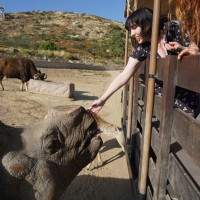 Ellie Warren
Ellie Warren
3 March 2020 12:00am
Hawai'i Conservation Conference
 Hawaiʻi Conservation Alliance
Hawaiʻi Conservation Alliance
28 February 2020 12:00am













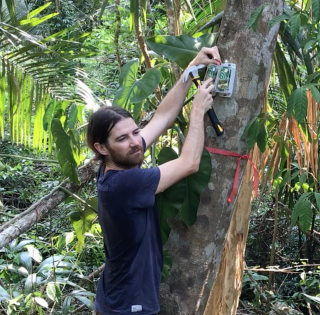





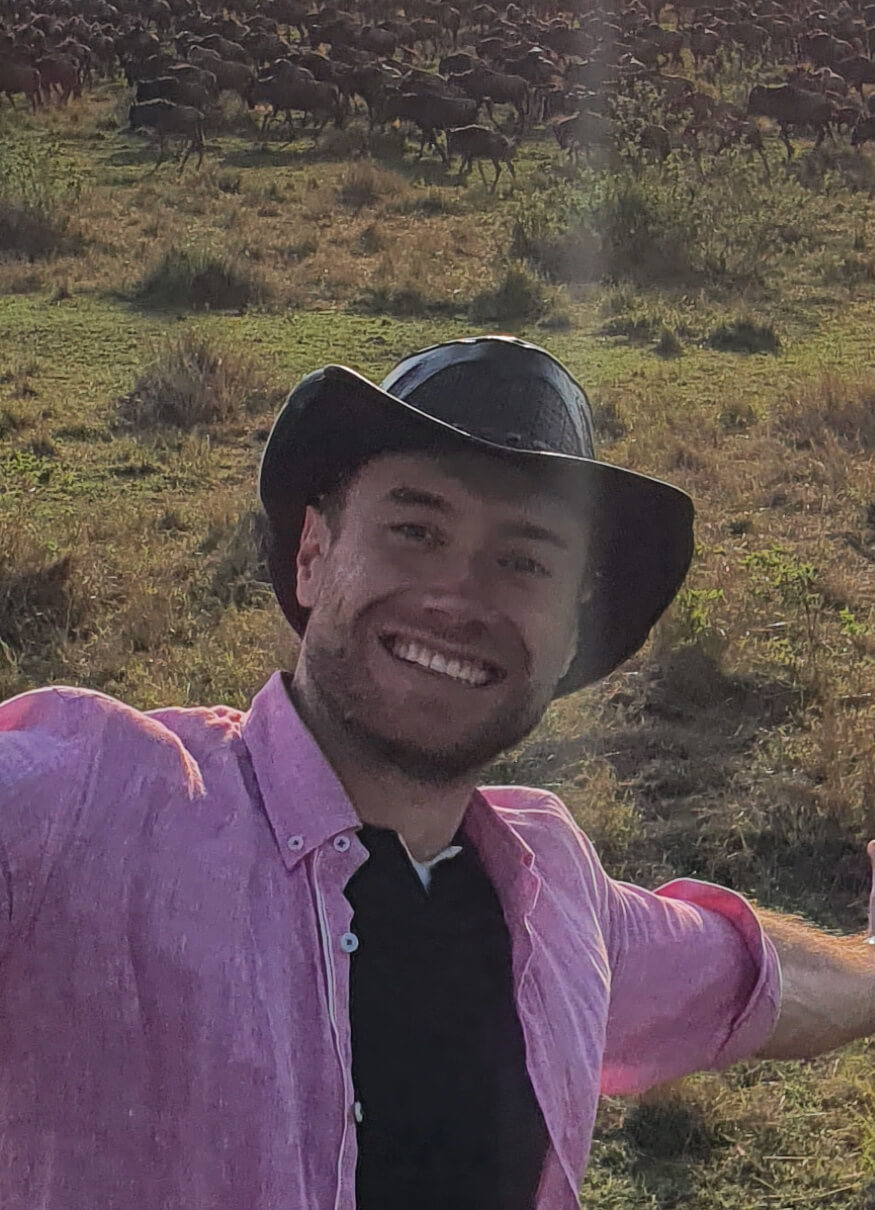
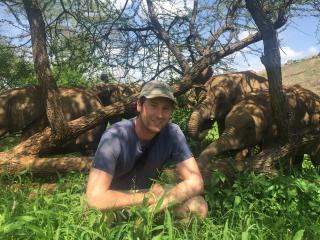
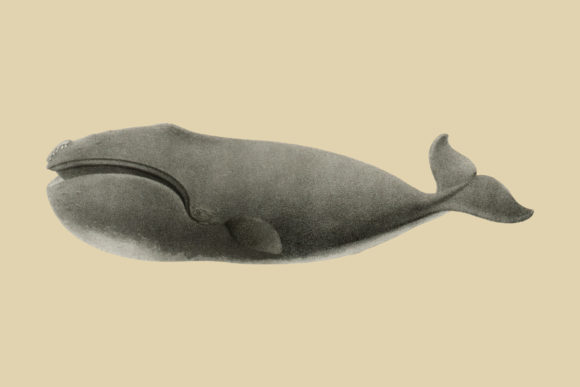
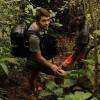















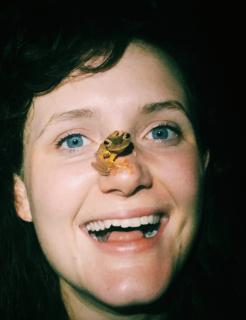


















12 May 2020 4:07pm
I reckon if you could get down to a power consumption of 2-3Ah per day like our system had then a battery of 20Ah is suitable for a week and you wouldn't need inverters and solar panels etc. I agree that in your environment everything will struggle with being powered for 24hrs. I rarely have that problem to contend with! Will have a look at a temperature test of our design over the Summer and will share the details in a blog if it looks like it will prove a solution for all environments.